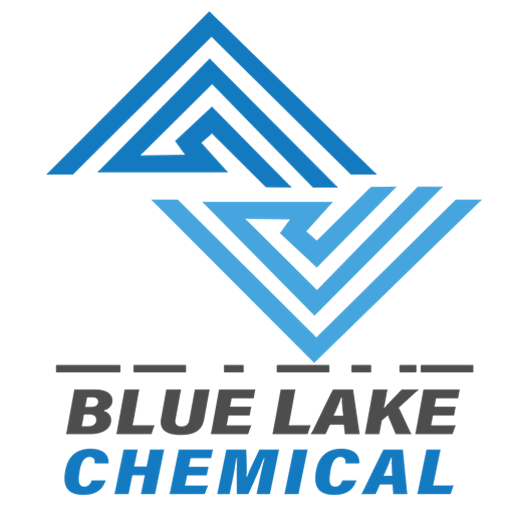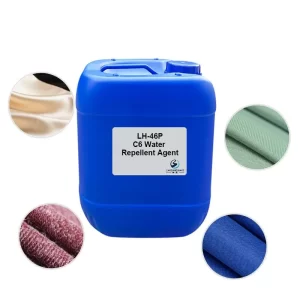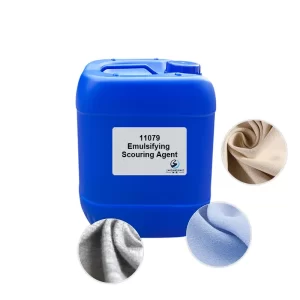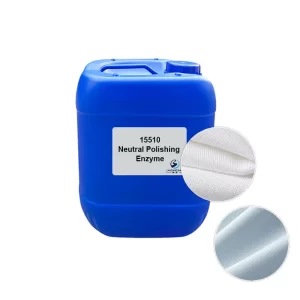في صناعة المنسوجات توحيد الصباغة مؤشر رئيسي لجودة النسيج. وسواء أكان العمل مع القطن أو البوليستر أو النايلون أو غيرها من الألياف، فإن التلوين المتسق والنابض بالحياة يؤثر بشكل مباشر على جودة المنتج والقدرة التنافسية في السوق. أثناء عملية الصباغة، فإن الاستخدام السليم لـ المواد المساعدة للنسيج-خاصة عوامل الصباغة و عوامل التسوية-ضروري لتعزيز التوحيد، وتقليل الاختلافات في الألوان، وتقليل تكاليف الإنتاج
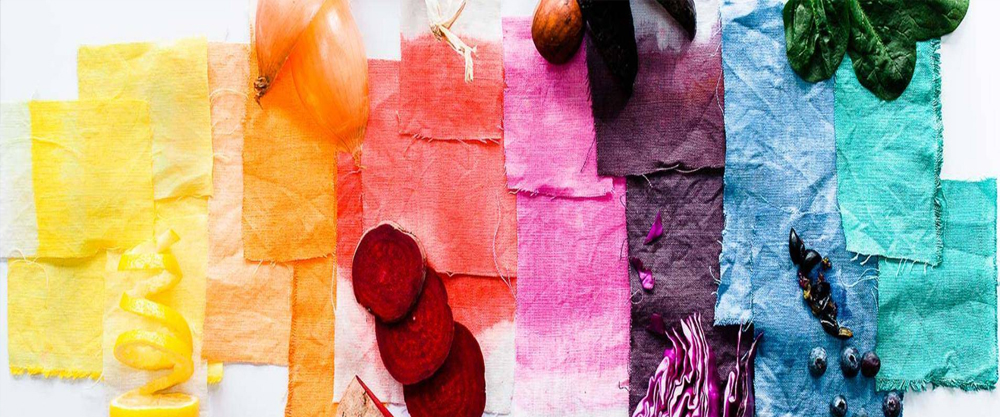
اختيار المواد المساعدة المناسبة لصباغة المنسوجات
المواد المساعدة في المنسوجات لا غنى عنها في عمليات الصباغة والتشطيب. اختيار المناسب عامل الصباغة و عامل تسوية يجب أن تستند إلى العوامل التالية:
1. نوع الألياف
الألياف المختلفة لها تقارب مختلف للمواد المساعدة. فعلى سبيل المثال، تُصبغ الألياف القطنية عادةً بأصباغ تفاعلية مع عوامل تسوية متوافقة، بينما يتطلب البوليستر أصباغًا مشتتة عالية الحرارة ومشتتات فعالة.
2 . نوع الصبغة
تختلف خواص الأصباغ المشتتة والأصباغ المشتتة والأصباغ الحمضية وغيرها، ويتطلب كل منها مواد مساعدة مقابلة لضمان الأداء الأمثل.
3. شروط العملية
تؤثر عوامل مثل درجة حرارة الصباغة ومستوى الأس الهيدروجيني والوقت على سلوك المواد المساعدة. ضمان بقاء المواد المساعدة فعالة في ظل معايير عملية محددة أمر بالغ الأهمية.
التقنيات الرئيسية لتحسين انتظام الصباغة
1. تثبيت نظام حمام الصبغة: الدور الأساسي لعوامل التسوية
تبدأ الصباغة الموحدة بحمام صبغ ثابت. عوامل تسوية عالية الجودة تساعد على إبطاء امتصاص الصبغة وتعزيز الانتشار المتساوي على سطح القماش، مما يمنع بشكل فعال مشاكل مثل "بقع الصبغة" و"خطوط الظل". عند دمجها مع مشتتات قوية، تساعد هذه العوامل على إبقاء الأصباغ معلقة بالتساوي وتمنع تجمعها.
2. التحكم في مستويات الأس الهيدروجيني ومعدل التسخين
العديد من مواد مساعدة في الصباغة تعمل بشكل أفضل في مستويات محددة من الأس الهيدروجيني. على سبيل المثال، تعمل عوامل التسوية الحمضية للبوليستر على النحو الأمثل في الظروف الحمضية قليلاً. وبالإضافة إلى ذلك، يجب التحكم في معدل التسخين أثناء الصباغة بعناية - يمكن أن تتسبب الزيادات السريعة في درجة الحرارة في امتصاص الصبغة بشكل غير متساوٍ.
3. إتاحة وقت كافٍ للصباغة
تحتاج الأصباغ إلى وقت كافٍ لاختراق الألياف بالكامل. ويضمن تمديد وقت الصباغة انتشار الصبغة بشكل أفضل ويقلل من عدم اتساق اللون بين الدفعات، خاصة في الصباغة ذات درجة الحرارة العالية والضغط العالي.
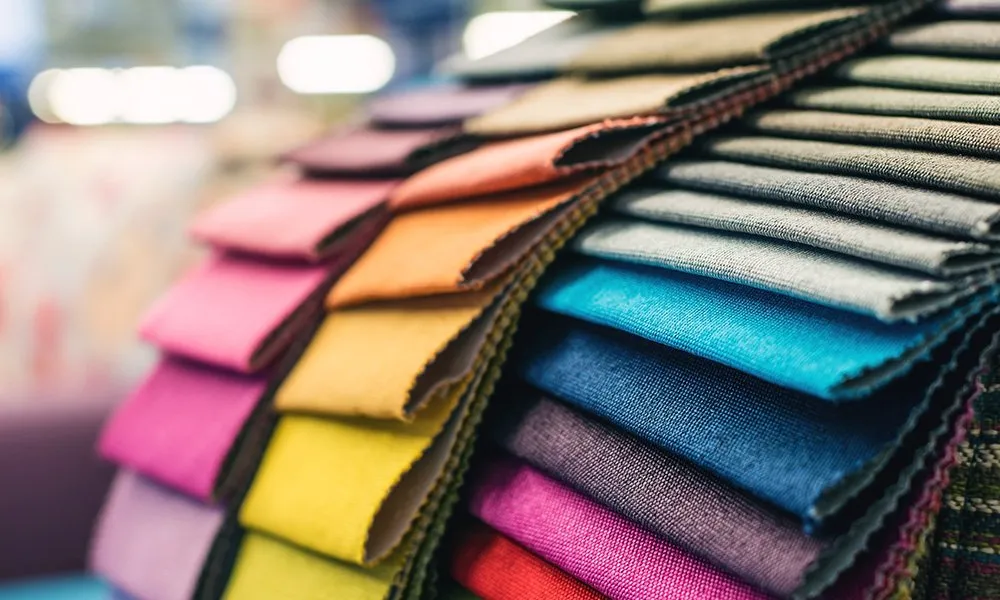
المعالجة المسبقة للأقمشة: أساس الصباغة المتساوية
المعالجة المسبقة هي حجر الزاوية في الصباغة الموحدة. وتشمل خطوات المعالجة المسبقة الموصى بها ما يلي:
- إزالة الترطيب وإزالة الشحوم: استخدم أداءً عاليًا عوامل التنظيف لإزالة زيوت السطح والشمع وعوامل التحجيم التي قد تتداخل مع امتصاص الصبغة.
- تحسين التبييض الأمثل: استخدام طرق التبييض التأكسدي أو الاختزالي المستقر لتعزيز نقاء الألياف وتقارب الصبغة.
- استخدام عوامل الترطيب: تحسين قابلية ترطيب الألياف وتسهيل تغلغل الصبغة بشكل أفضل للحصول على لون أكثر تجانساً.
أمثلة على التطبيقات: كيف تعمل المواد المساعدة للصباغة على الأقمشة المختلفة
- الحياكة القطنية: يمكن أن يؤدي استخدام الأصباغ التفاعلية مع عوامل التسوية البطيئة إلى تحسين تناسق الظل بشكل كبير.
- أقمشة البوليستر: تعمل الأصباغ المشتتة المقترنة بمشتتات درجات الحرارة العالية على تعزيز ثبات الصبغة أثناء الصباغة الحرارية.
- نايلون (بولي أميد): تساعد الصبغات الحمضية مع عوامل التسوية الموجبة على منع الصبغ غير المنتظم.
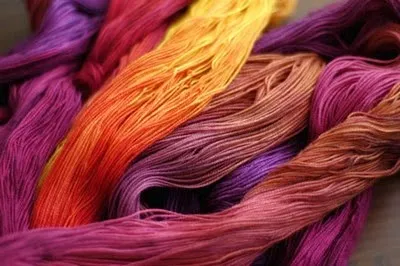
حلول صباغة المنسوجات بلولاكشيم BLUELAKECHEM
من خلال مطابقة تقنية الصباغة بشكل صحيح مع المواد المساعدة للصباغة الاحترافية، يمكن للمصنعين تحقيق المزايا الثلاثية المتمثلة في الألوان الأكثر إشراقًا والشعور بالراحة والمزيد من المزايا الصديقة للبيئة والاستدامة. وباعتبارها الشركة المصنعة للمواد المساعدة للنسيج الموثوق بها، BLUELAKECHEM ملتزمة دائمًا بتوفير حلول الصباغة والتشطيبات المخصصة لمصنعي الملابس
الخاتمة: تحسين جودة الصباغة مع مساعدي المنسوجات المحترفين
في صناعة صباغة المنسوجات والتشطيبات، فإن التطبيق العلمي ل مواد مساعدة في الصباغة هو المفتاح لضمان الاتساق والمنتجات عالية القيمة. من خلال اختيار عوامل الصباغة وعوامل التسوية المناسبة، والحفاظ على حمام صبغ مستقر، وتحسين إجراءات المعالجة المسبقة، يمكن لمصنعي المنسوجات تحسين أداء الصباغة والقدرة التنافسية للمنتج بشكل كبير.
إذا كنت تبحث عن مواد مساعدة للصباغة عالية الأداء، أو عوامل تسوية، أو حلول كيميائية مخصصة للمنسوجات، فيرجى تواصل مع بلولاكشيم. نحن متخصصون في تطوير وتطبيق كيماويات النسيج لدعم احتياجاتك الإنتاجية.
